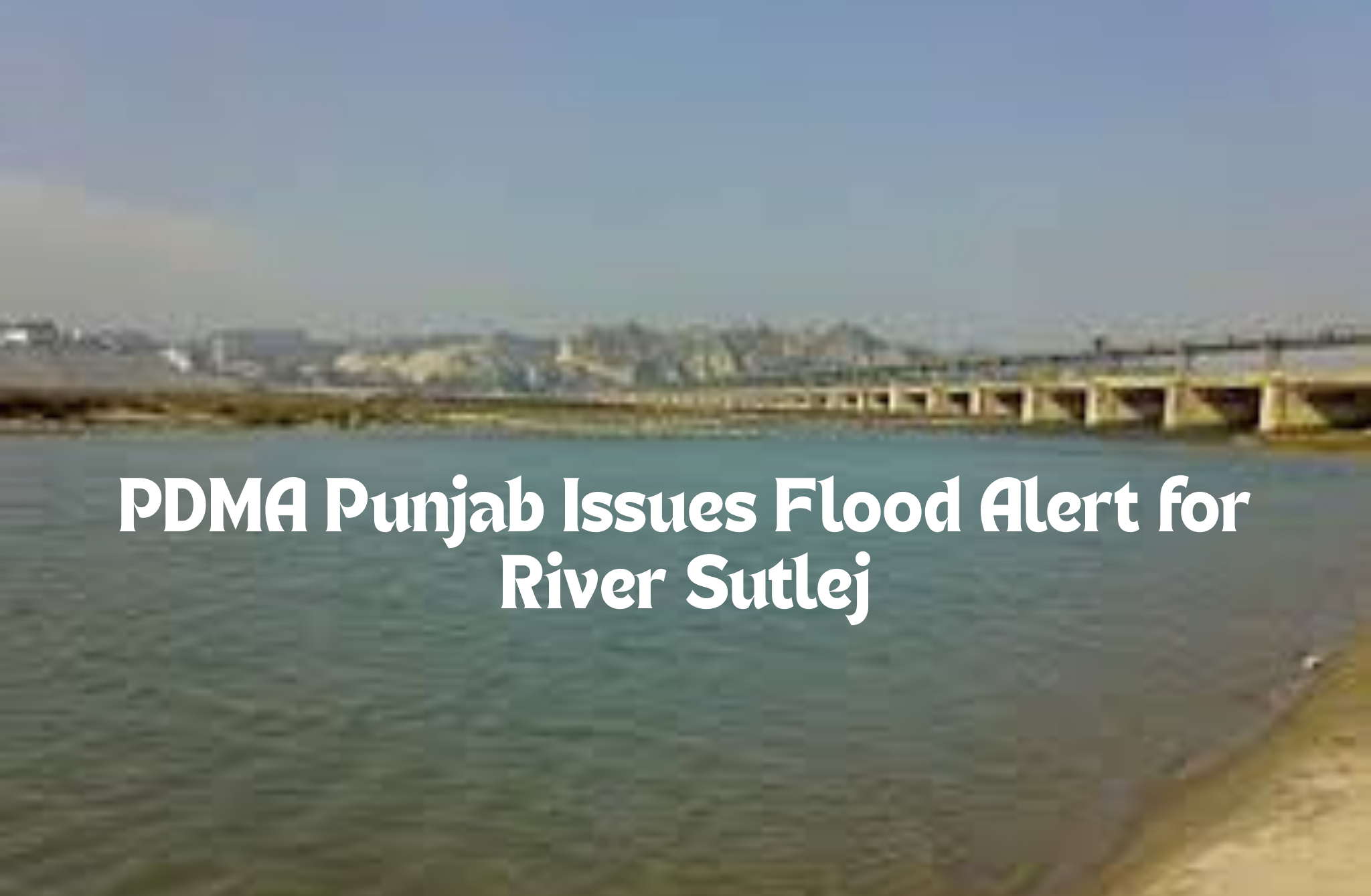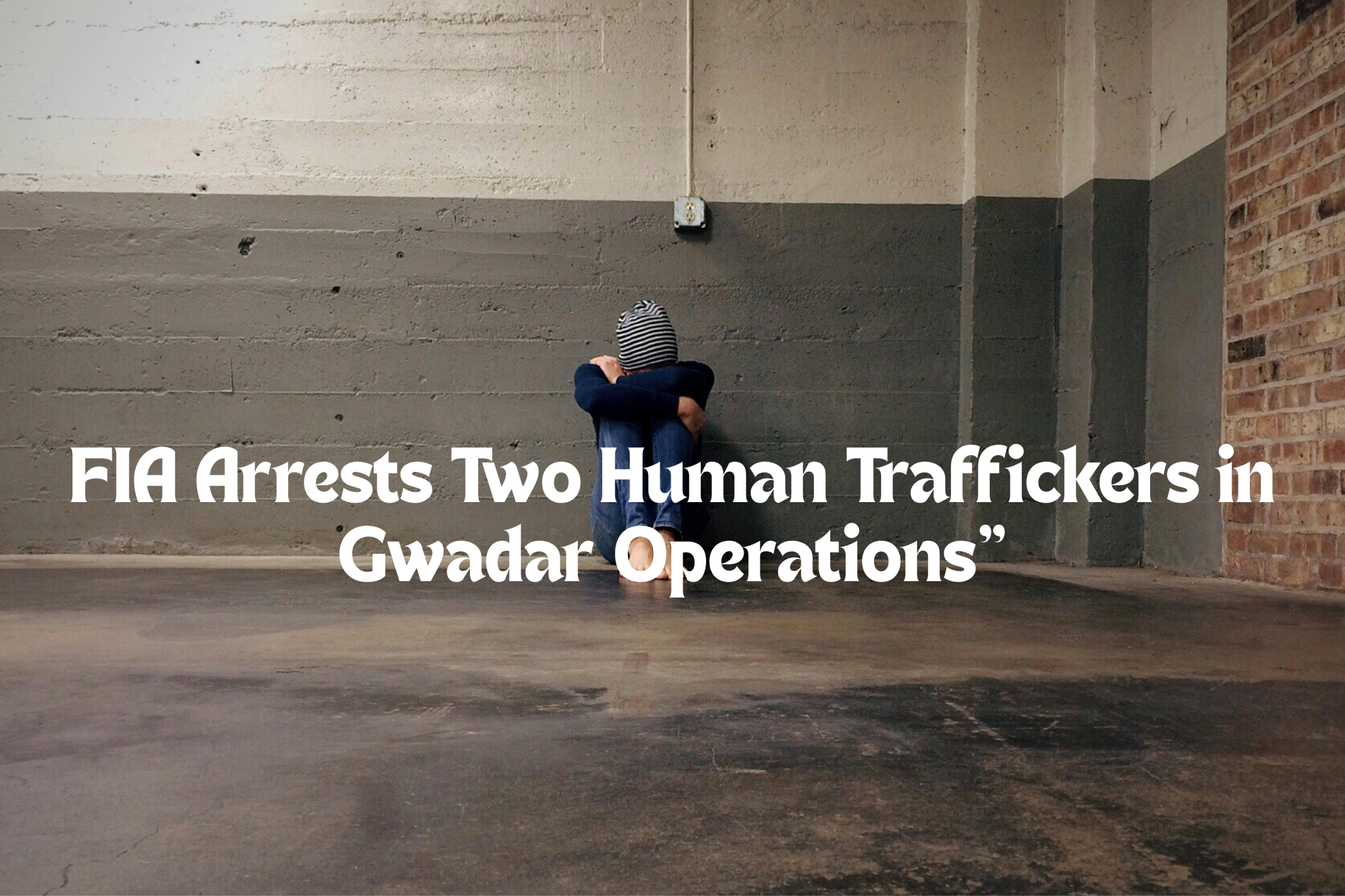Authorities warn of an extremely high flood at the Guddu Barrage as water levels continue to rise, submerging more villages in Sindh and Punjab.
The Guddu Barrage flood has reached alarming levels, with authorities issuing a warning of an extremely high flood situation in the coming hours. For the past two days, the Indus River at Guddu Barrage has remained in high flood, striking protective embankments and overflowing into nearby villages.
Rising Waters at Guddu Barrage
Flood currents have engulfed several more settlements in Sindh’s riverine belt. The powerful flow, which earlier destroyed Punjab, has now entered Ghotki’s low-lying areas.
According to official figures, water inflow at Guddu Barrage has surged by 70,000 cusecs in just 24 hours.The inflow currently reaches 612,269 cusecs, while the outflow records 582,942 cusecs.
Extremely High Guddu Barrage Flood Expected
Officials fear that the situation could worsen. An extremely high flood stage is expected to hit Guddu Barrage on 15 September 2025. Water levels are likely to continue rising in the next 12 hours.
Sindh Chief Minister Murad Ali Shah will visit Guddu Barrage today to assess the situation and oversee emergency measures
Restrictions in Riverine Areas
In view of the Guddu Barrage flood, the Sindh government has imposed strict restrictions in riverine areas. Authorities have banned bathing, livestock grazing, and public movement near the Indus River for the next 15 days.
Commissioner Nadeem Ahmed Abro of Shaheed Benazirabad Division issued a notification, stating that rescue and relief operations would be exempt from these restrictions. Officials have directed police to enforce the ban, and violators will face legal action under Section 188 of the Pakistan Penal Code.
Authorities also cautioned that water levels may rise further in the coming days, posing additional risks to people living in nearby areas.
Flood Havoc in Punjab
The Guddu Barrage flood has extended beyond Sindh and already wreaked havoc in several parts of Punjab. Floodwaters have submerged hundreds of villages in Shujabad, Rahim Yar Khan, Ahmedpur East, Rajanpur, and Vehari.
The Federal Flood Commission reports that the Chenab River at Panjnad Barrage is currently experiencing a very high flood, and it predicts that Guddu Barrage will face further pressure within 24 to 48 hours.
Multan and Rajanpur Among Worst-Hit
Multan is battling severe flooding from the Chenab River. Dozens of settlements at Head Muhammad Wala and Sher Shah remain under deep water. Thousands of residents in Shujabad and Jalalpur Pirwala have been displaced.
In Chachran, hundreds of houses have collapsed into the river, destroying thousands of acres of farmland and washing away connecting roads. At Nabi Shah in Sadiqabad, a protective embankment broke, allowing floodwater to inundate populated areas.
In Rajanpur, floodwaters inundated riverine settlements, including Rojhan, Bangla Icha, Somniani, and Kot Mithan, forcing thousands of people to leave their homes.
Authorities reported that they have relocated more than 110,000 people and over 100,000 livestock to safer areas. They have also established flood relief camps and deployed drones to assist rescue operations.
Crops and Homes Destroyed by Guddu Barrage Flood
The Guddu Barrage flood has left crops and homes devastated across Punjab. In Vehari, over 100 villages are submerged, with more than 76,000 acres of farmland destroyed.
In Rahim Yar Khan, flood levels in the Indus River remain dangerously high. Several villages are underwater, with residents trapped inside their homes. Meanwhile, in Uch Sharif, overnight rescue operations were carried out as floodwaters spread into nearby settlements.
Flood Situation at Other Barrages
Flood monitoring reports confirm that Kotri Barrage is facing a low flood, with water flow recorded at 271,000 cusecs. At Guddu Barrage, the flow has now risen to 561,000 cusecs.
Slight improvement has been seen at Kot Mithan, Rajanpur, and Chachran Sharif, where river levels dropped to 11.5 feet. Flow at Head Panjnad on the Chenab River and Head Sidhnai on the Ravi River has also decreased.
However, the Sutlej River still faces moderate flooding at Ganda Singh Wala and Head Islam, while Head Sulaimanki remains in low flood.
Food Shortage in Arifwala
The Guddu Barrage flood has also created a food crisis in Arifwala. Floodwaters destroyed homes and crops, leaving families without basic supplies. Many displaced people are waiting for water levels to recede so they can return home.
In Jalalpur Pirwala, floodwaters entered the city through Uch Sharif Road after a protective tunnel embankment broke. Residents attempted to block the water themselves using wood and soil, but large areas remain submerged.
Final Thoughts
The Guddu Barrage flood is proving to be one of the most severe disasters in recent years. With water levels still rising, authorities fear more destruction in the days ahead.
The combined impact on Sindh and Punjab has left thousands homeless, farmland destroyed, and food shortages looming. Relief operations continue, but officials warn that the crisis is far from over.










